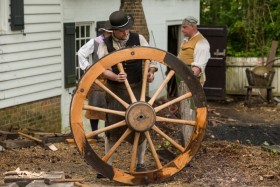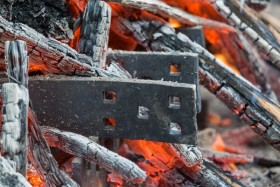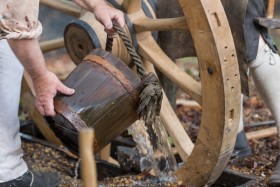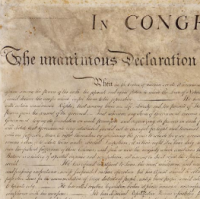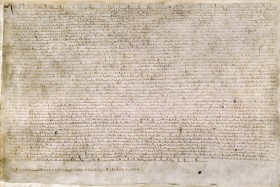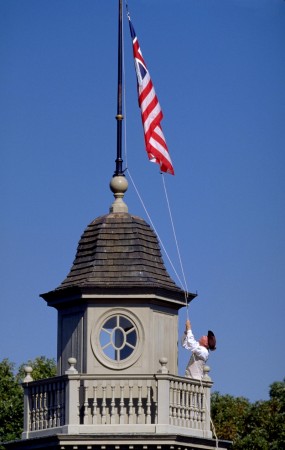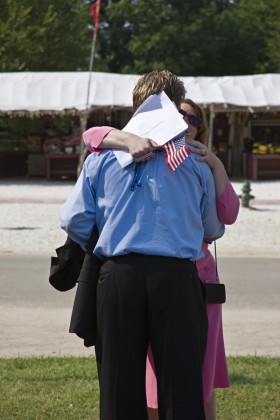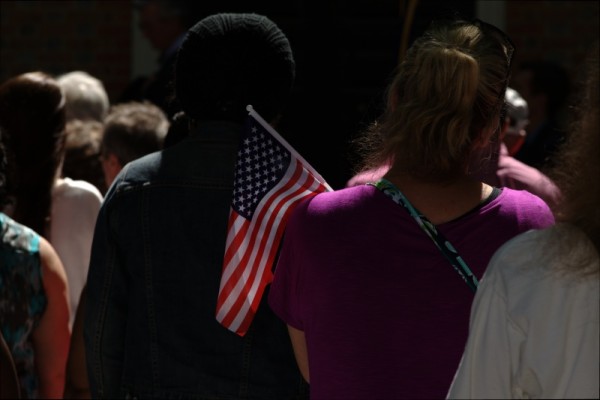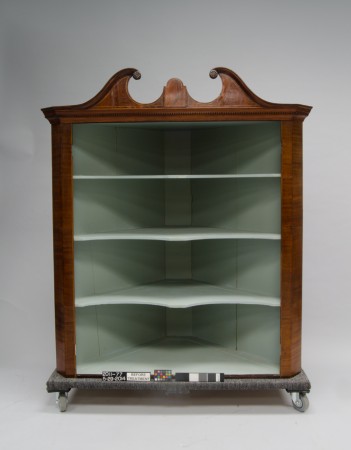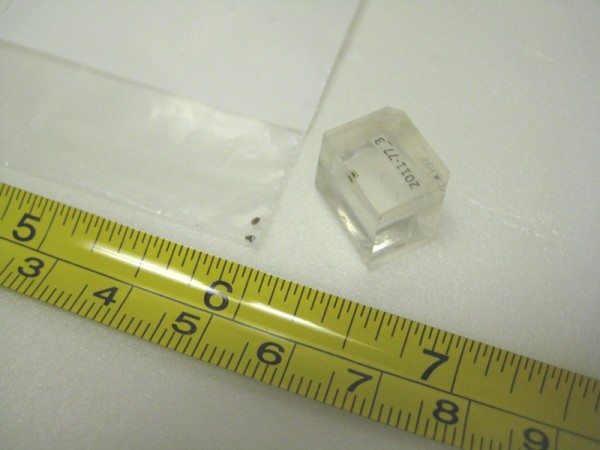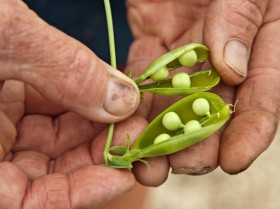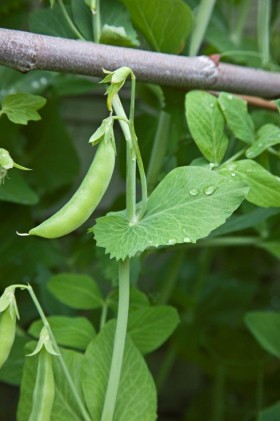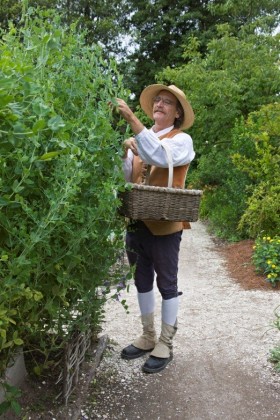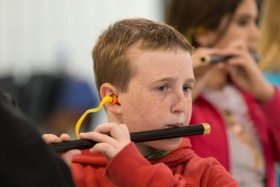By Ben Swenson
The recruits of the Colonial Williamsburg Fifes and Drums have come to the Revolutionary City from many different backgrounds. Some always knew they’d join this ensemble. Others seemed to have stumbled on it accidentally.
All of them have signed on to a life-changing journey.
In these audio clips, the recruits tell the stories of what brought them to the corps and the lessons they have already taken away from the experience.
I HAVE TO PRACTICE A LOT…
Matthew Mills describes the path led to the Fifes and Drums and the challenges he found being part of the group.
IT’S USUALLY SERIOUS…
Drummer Sam Turner explains his road to the corps and the occasional moments of levity he finds there.
ISN’T AS DIFFICULT AS IT SEEMS…
Corporal Kennedy Becke has a conversation with her sister, Lindsay, a recruit, about the bonds the Fifes and Drums have forged in their family.
